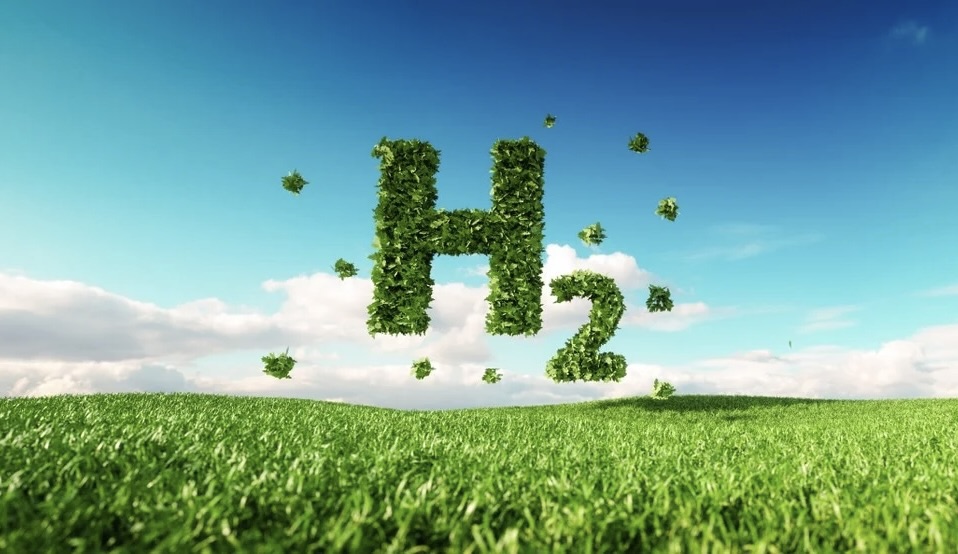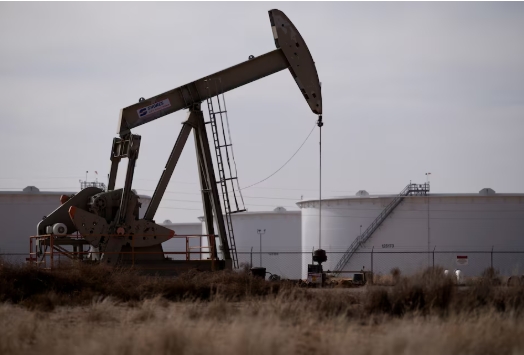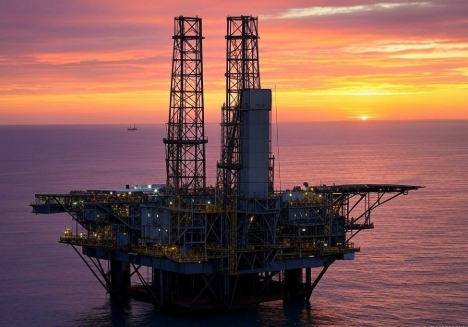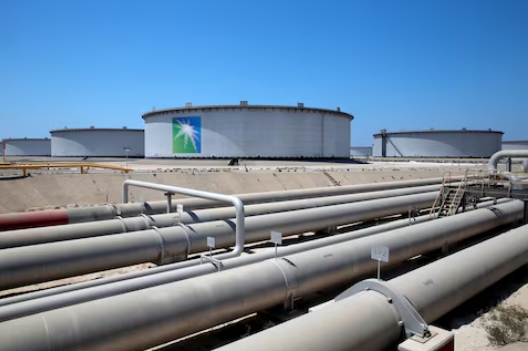The Intergovernmental Panel on Climate Change (IPCC) announced in 2018 that the world must meet net zero carbon dioxide (CO2) emissions by 2050 to prevent global temperatures from exceeding 1.5 degrees Celsius. The goal was internationally agreed upon, with countries worldwide recognizing the importance of preventing global warming to secure the planet's future.
 Image Credit: petrmalinak/Shutterstock.com
Image Credit: petrmalinak/Shutterstock.com
To meet this goal, global net human-caused CO2 emissions must drop by around 45% from 2010 levels by the decade's end. If the goal of net zero is not met then global heating will lead to significant detrimental effects on the environment as well as animal and human health.
One major strategy to rapidly reduce CO2 emissions is to shift from fossil-fuel energy sources to clean energy sources. Globally, electricity and heat is the biggest contributor to greenhouse gas emissions. Therefore, targeting this sector stands to make a significant change to global emissions and will play an important role in the decarbonization of many sectors.
French author Jules Verne, often considered the father of science fiction, famously said that “water is the coal of the future”. His prediction is finally leaving the realm of science fiction into actual science. Hydrogen energy, which relies on electrolysis to separate water into oxygen and hydrogen, looks set to transform the energy sector and help the world meet its carbon emission goal.
New Partnership Aims to Provide Enough Green Hydrogen to Power 1.5 Million Homes
In October 2022, Fortescue Future Industries (FFI) and Tree Energy Solutions (TES) announced that they would work together to establish the world’s largest green hydrogen-integrated project to bring green energy to Europe while helping it tackle the current energy crisis.
First, the partnership will supply 300,000 tons of green hydrogen to locations yet to be finalized, which will help address the ‘missing link’ in the green hydrogen supply chain in the region. Initial deliveries are expected to be made in 2026 and will eventually be sufficient to provide energy to 1.5 million homes.
How is Green Hydrogen Produced?
According to recent figures, around 80% of the world’s energy supply comes from non-renewable sources. There is a huge potential to reduce the emissions of this sector by adopting green alternatives. For many years, hydrogen has been considered to be a cleaner option than fossil fuels as when burned, it releases no emissions. The method of producing it, however, releases CO2. Most hydrogen used today is produced via steam methane reforming. This method uses a catalyst to drive the reaction of methane and high-temperature steam, producing hydrogen, carbon monoxide, and a small portion of carbon dioxide. Hydrogen produced via this method is known as “blue hydrogen” and while it is associated with fewer carbon emissions than fossil fuels, it is not green due to the CO2 produced when making the hydrogen.
On the other hand, green hydrogen is produced via electrolysis, the products of which are simply oxygen and hydrogen. To produce green hydrogen, large volumes of water are split into their component parts of oxygen and hydrogen via a big electrolyzer. To make the process fully green, renewable energy is used to power the electrolyzer, resulting in the production of truly green hydrogen and, therefore, is known as green hydrogen.
Benefits of the FFI TES Green Hydrogen Partnership
Green hydrogen can potentially transform the energy sector as it offers a potentially abundant source of emissions-free energy. The challenge that remains, however, is producing and delivering vast amounts of green hydrogen, this is where the partnership between FFI and TES aims to fill the gap.
Europe is currently under pressure to find hundreds of billions of euros to meet the demand for green hydrogen projects to replace its reliance on natural gas and meet net-zero goals. The FFI/TES initiative will help Europe to meet these goals with the conjunction of expertise in developing large-scale renewable energy production alongside a pioneering business model. The green project will combine hydrogen with recycled CO2 to establish a cyclical, close net-zero energy loop, providing a valuable solution to Europe’s energy challenges.
The project focuses on elevating the status of green hydrogen as an alternative energy source. Technically, the universe is home to a near-infinite amount of hydrogen, as around 90% of all atoms are hydrogen. Until now, the only issue has been with pulling that hydrogen out of nature as it does not exist on its own without human intervention. The project will tap into this unlimited resource to sustainably replace our reliance on non-renewable sources.
Conclusion
Overall, green hydrogen looks set to make a big contribution to helping the world achieve its climate change goals, and projects such as FFI and TES will be fundamental to the success of establishing green hydrogen in the green energy sector. However, green hydrogen alone will not resolve climate change, and other strategies must be used alongside it to reduce global emissions to net zero by 2050.








